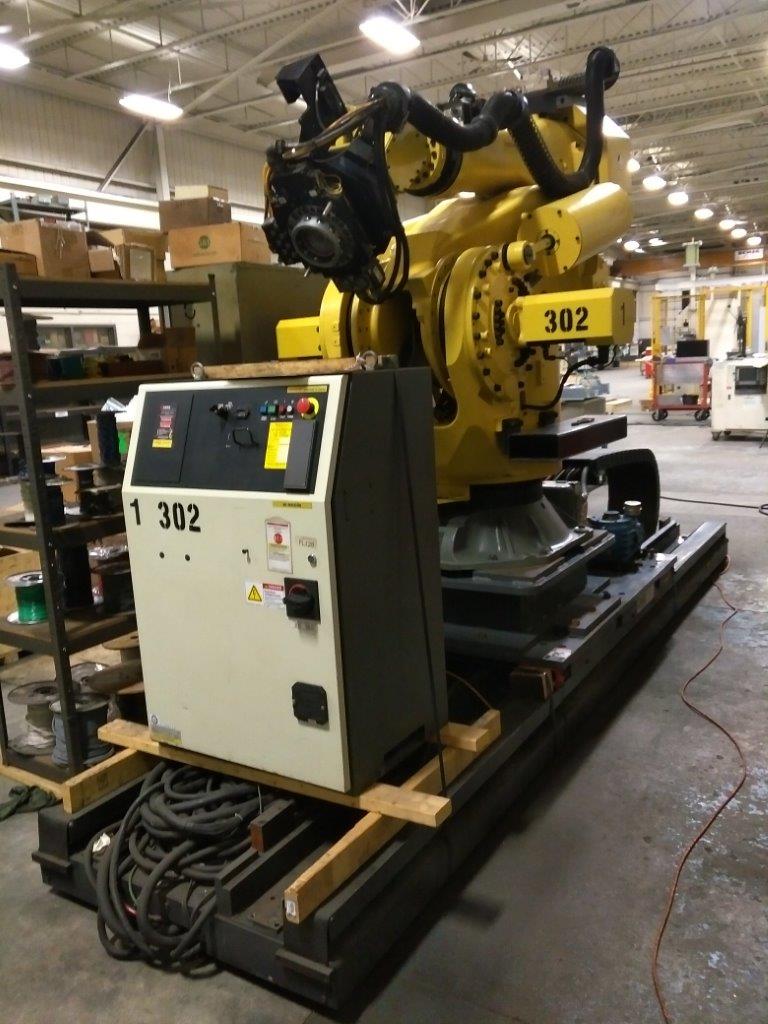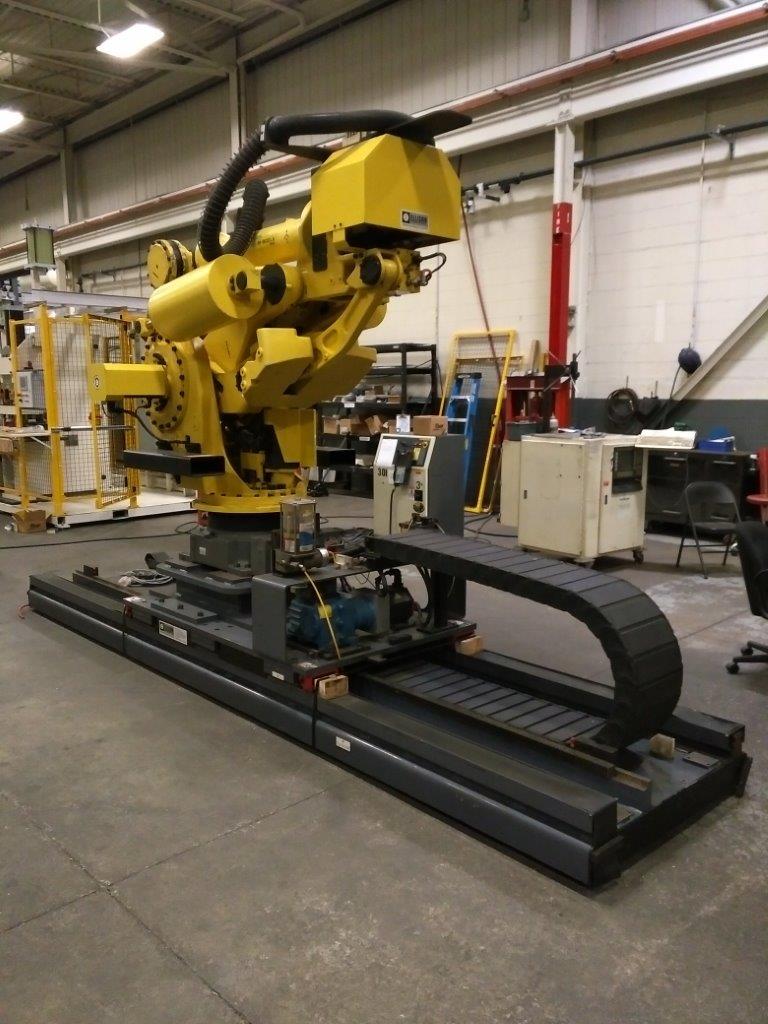Benefits of Robotic Workcells
More and more manufacturers are turning to robotic automation to optimize their production process. This is evident in the continuously increasing number of robots installed each year worldwide. While industrial robots, such as the FANUC Arc Mate 100ic, can significantly improve manufacturing processes, their benefits can be further enhanced with the addition of a robotic workcell. Numerous models of industrial robots can be integrated with workcells including the ABB IRB 2600 and the Motoman HP20. Robotic workcells streamline productions for maximized optimization. There are many benefits to automating with a complete robotic system, but the top ones include:
- Cost - Purchasing a pre-engineered workcell is cost-effective as opposed to designing custom robotic systems. Pre-engineered workcells, like the , are a great option for those who do not have large budgets, but still want to capitalize on the benefits of a complete robotic system. Since these feature standardized designs and come already assembled with the robot, controller, and robotic equipment, their expense is less than a workcell that is customized to a specific user. Pre-engineered workcells arrive at facilities with the robotic equipment already installed to the cell base, there is no need for engineering, which also helps to drive down the cost. Motoman offers their own line of pre-engineered welding cells that are integrated with their popular Motoman Arcworlds, while ABB and KUKA also offer pre-engineered systems.
- Maximized Efficiency - Workcells allow manufacturers to achieve maximized efficiency since robots are able to operate to their full potential. When humans are present robots are unable to function at high speeds due to limitations enforced by safety regulations. However, since workcells include physical barriers to enclose robots, they can run at their full speed. Faster operating speeds allow for increased throughput and productivity. More parts can be completed in less time and multiple robots can be configured within the same cell for hyper productivity. Workcells also improve upon efficiency by allowing for continuous production. Operators can load and unload parts from the cell simultaneously while the robot operates inside. Production downtime is significantly reduced with the automation of robotic workcells.
- Increased Safety - Adding industrial robots to the production floor can pose some safety risks for workers, but robotic workcells are designed to keep people safe from any hazards caused by robot operation. All workcells are integrated with safety packages that include items such as safety fencing, light curtains, arc glare, dividers, and e-stop buttons. These devices help to protect workers from the robot or any debris that occurs during operation. Safety devices are also used to detect if a person or object enters the workspace of the cell and will send a signal to the robot to stop operation. With robotic workcells the risk of adverse incidents is significantly decreased.
- Versatility - There are many robotic workcells that are designed with versatility in mind. Many cells can house one or multiple industrial robots while others can be configured as either a single station or dual station setup. Workcells can accommodate a variety of parts sizes and weights, so users are never limited when it comes to workpieces. Workcells also do not have to mean giving up a lot of floorspace, as there are compact options and ones that allow for overhead robot mounting, like the Motoman V 6000. Arc welding applications are the most common for workcells, but cells can be integrated for other applications too including material removal and palletizing.
Robots Done Right is the place to start when it comes to used robots. Contact us if you are interested in buying or selling your used robot.


